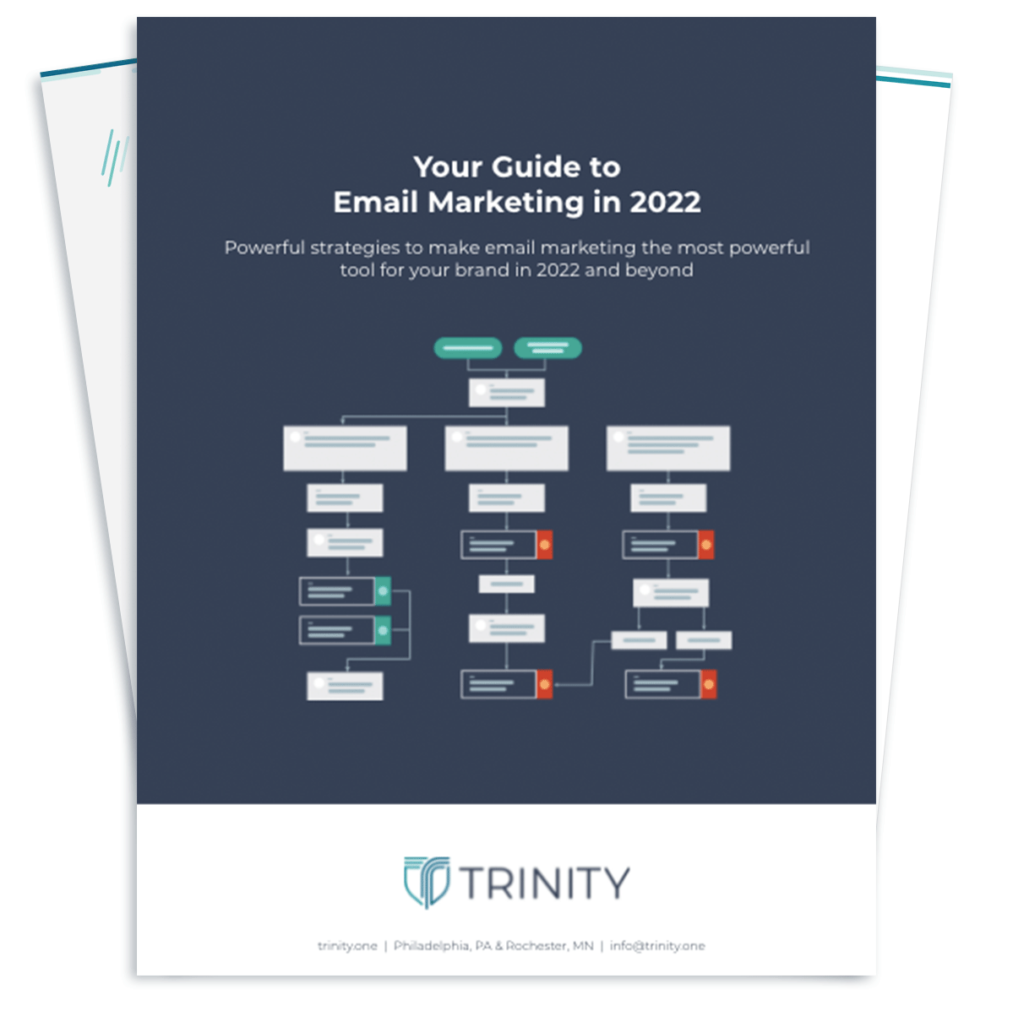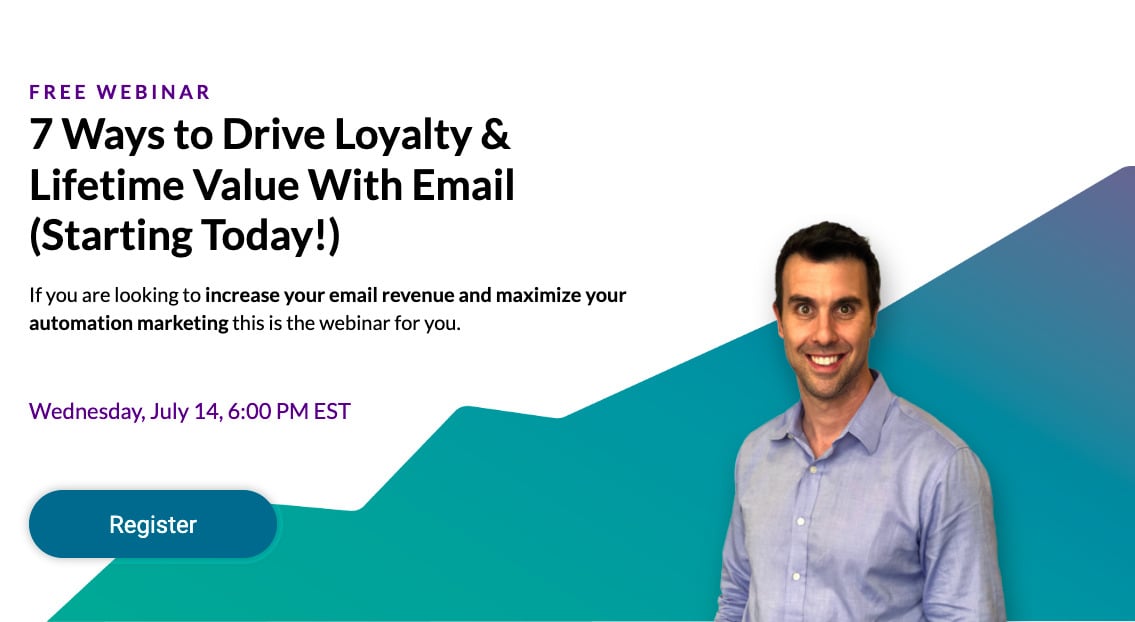In March 2018, Google announced the addition of Google Shopping Actions to its advertising program. Industry experts report that this option is partly paid search and partly a new Google entity that retailers should take advantage of.
Google’s goal with its Shopping Actions program is to take on Amazon and dominate the search shopping game. Rather than pull retailers in two different directions, Google wants to be a resource for eCommerce teams who feel burned by Amazon. It actively recruited Target as a partner, which lost $1.2 billion when it pulled its items off of Amazon.
Google wants to be a lifeline for brands that have left or been kicked off of Amazon, creating a better experience for users along the way. Naturally, Google also has its own motives with the Shopping Actions program. It’s up to you to learn why Google implemented this option and if it’s right for your eCommerce marketplace strategy.
Customers Turn to Google Throughout the Sales Funnel
Google didn’t just introduce Google Shopping Actions to compete with Amazon. The program first debuted in 2014 and has been in development through the past four years. As Google executives observed customer behavior, they realized people used their engine and products throughout the sales funnel. For example:
- Top-Funnel: 75% of users turn to search engines first to meet their immediate needs.
- Mid-Funnel: Web searches with the term “best,” (i.e. best running shoes) grew 80% in the last year.
- Bottom-Funnel: Mobile searches with the phrase “where to buy,” grew more than 85% over the past two years.
As you can see, customers turn to Google to start the buyer journey, research competition, and make a buying decision. With this information, it only makes sense that Google would use its technology to find an additional way to profit from sealing the deal beyond basic click ads. This is where Google Shopping Actions comes in.
The Revenue Stream is Pay-Per-Sale, Not Pay-Per-Click
Google Shopping Actions isn’t an extension of Google Adwords or Google Shopping because it doesn’t operate on a pay-per-click model. Instead, brands only pay Google when they make a sale.
A cost-per-sale business model closely aligns Google with its advertisers. With a CPC model like Google Adwords, the search engine constantly encourages retailers to increase their budgets and increase their listings. They say that you can make more sales if you’re willing to take a hit to your ROI. However, with the CPS model, Google only makes money when it moves products. The ROI target remains flat for retailers whether they sell a handful of items or thousands of them. It also makes the Shopping Actions program more like a marketplace and less like an ad platform.
Google reports that retailers who participate in the Shopping Actions program see an average 30% increase in basket size and lower conversion costs across the board than for brands that just use traditional Google Shopping ads.
Google Shopping Actions Uses a Universal Cart
There are significant benefits to the Google Shopping Actions strategy that help customers as well as brands. The first is the creation of a Universal Cart. Google isn’t trying to compete with the infrastructure that Amazon has and brands won’t have to ship items to a Google warehouse (there are none) to promote their listings.
A universal cart means that Google completes the check-out process for the customer as long as the credit card information is up-to-date and the customer has given Google access to the account for that brand.
If someone were to buy something from Target, Google would order the item through Target’s website without the customer having to go to the website themselves.
Customer Loyalty Rewards Are Integrated Into the System
One of the main features that brands are excited about in Google Shopping Actions is the integrated loyalty rewards program options. TechCrunch shared the example of users who link Ulta’s Ultamate Rewards account to their Google accounts. With this information, Google is able to make personalized recommendations based on that customer’s buying history (increasing the chances that they convert giving the search engine a commission) and the customer receives loyalty points for Ulta when they make a purchase through the Shopping Actions option.
Ulta saw a 35% increase in the average ticket by adding its program to Google Shopping Actions.
The customer rewards option benefits both users and brands in the battle against Amazon. Users can collect loyalty points without having to visit the brand’s website directly, and the brand can track the behavior of their top buyers in an era where customers turn to Amazon when they want something easy and fast.
Re-Ordering Options and Product Loyalty Are Similar to Amazon
Along with tapping into brand loyalty programs to encourage customer engagement, Google Shopping Actions has also built a one-click re-ordering system. This isn’t unlike the Amazon dash buttons that customers hit to reorder household items or the Amazon pantry where customers can select items to be delivered every week or every month depending on their needs. The goal of these two items is to create a dependency on Amazon and a regular flow of income from customers.
With the Google Shopping Actions system, customers can turn to their favorite search engine to order their top household products.
Google Shopping Actions Streamlines Voice Search Efforts
There’s also a technological elephant in the room regarding Google Shopping Actions: voice search. Google reports that 44% of people who use their voice-speakers weekly buy products like groceries and household items on a weekly basis. Google is hoping that the Shopping Actions tool will make it easier for Google Home users to buy through Google and let the search engine profit from the queries instead of just serving as a traffic driver to the like of Target and Amazon.
Ideally, Google would be able to compete with Alexa on the Echo as users search for products on Google instead of automatically ordering items on Amazon.
Google is smart to get in on the voice search shopping game early one. After all, 41% of adults conduct at least one voice search per day, and voice search is expected to account for 50% of all search queries by 2020 — up from 20% in 2016. If customers can learn to use Google’s Shopping Actions early on with their Home devices, then Google won’t have to try to change user behavior in the future.
That being said, Google Shopping Actions is available on desktop, mobile, tablet, and through voice command. The buying process is universal and streamlined, meaning customers who add an item to their carts through voice search can complete the purchase on their mobile or desktop devices if they feel more comfortable.
Google Shopping Actions Uses Machine Learning for Better Results
There’s no reason to believe that Google Shopping Actions will be slow or clunky at first, but if it is, or if some eCommerce retailers have problems with the system, then it’s likely to improve. The Shopping Insights algorithm is built through machine learning and keeps adjusting the more people use it. Not only will the results continue to be more tailored to specific customer needs, it will also adjust to show results that better convert customers.
How to Start with Google Shopping Actions
Google is looking for early adopters who want to get started on Google Shopping Actions as the function rolls out to customers. The search engine has already seen significant success metrics for brands like Target and Ultra who use the system.
If you are interested in getting started with Google Shopping Actions, fill out the interest form on Google’s support site for your company. The main categories that Google is working with right now are apparel, electronics and media, grocery, health and beauty, and home and garden. However, the search engine will likely test additional categories in the future.
You can also submit the agency partner you work with for your Google Adwords and Shopping to see if Google already has an established relationship to onboard retailers the company represents.
If you have a main Google contact who you work with, let them know that you completed the Shopping Actions interest form to see if they can help expedite the approval process to add your brand to the search results.
Work With A Google Premium Partner
Trinity Insight is a Google Premium Partner, which means we are the first to hear about the latest news, trends, and opportunities that Google offers. We work closely with Google account representatives to make sure our clients have the best options possible for their brands. We are the agency you want to work with if you are interested in Google Shopping Actions.
If you want to move your search engine management from in-house teams to a professional agency, or if you aren’t happy with current digital marketing team, contact us today. We’re happy to review your account and give you a free consultation on what you are doing right and where you can improve.





